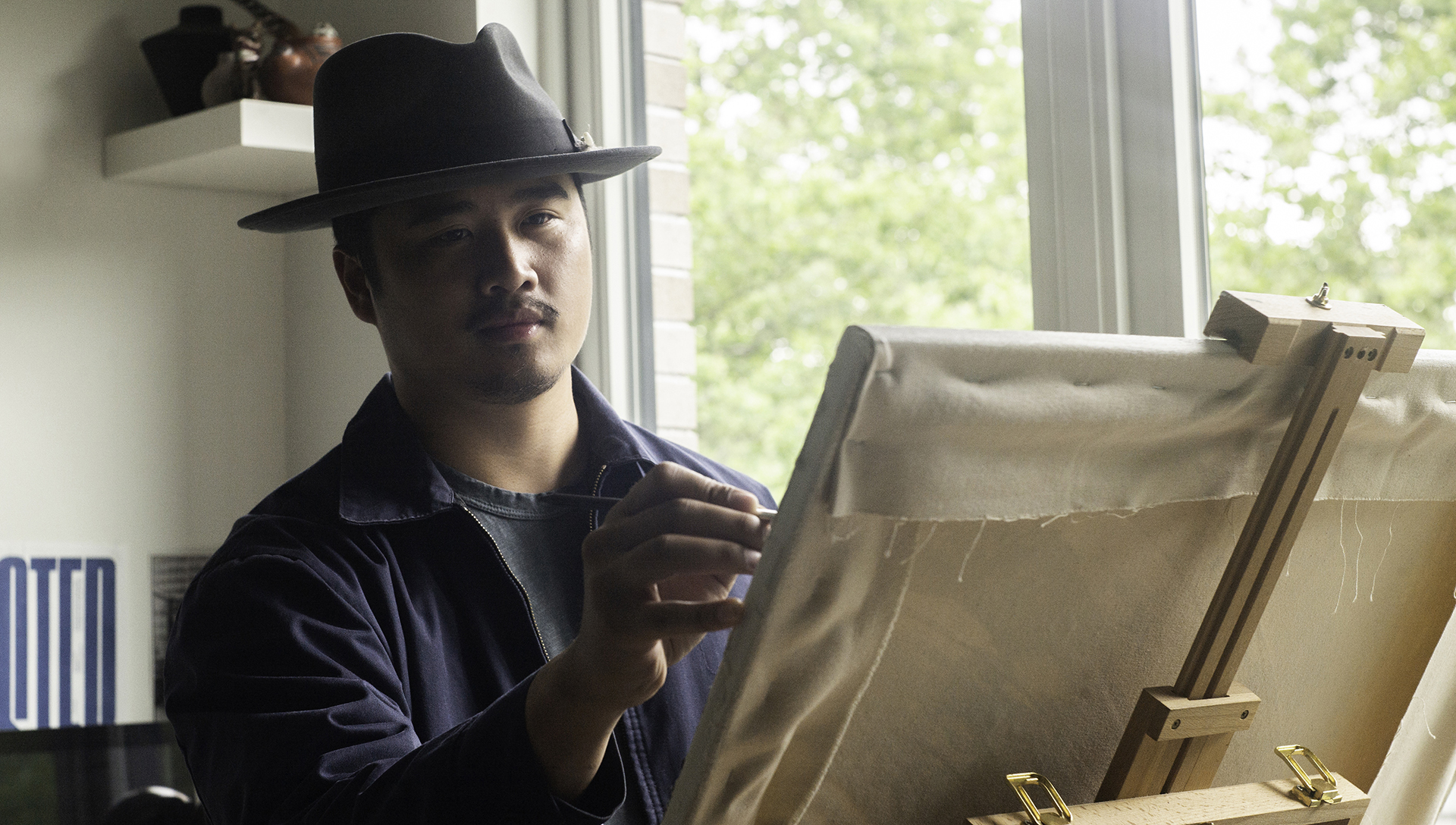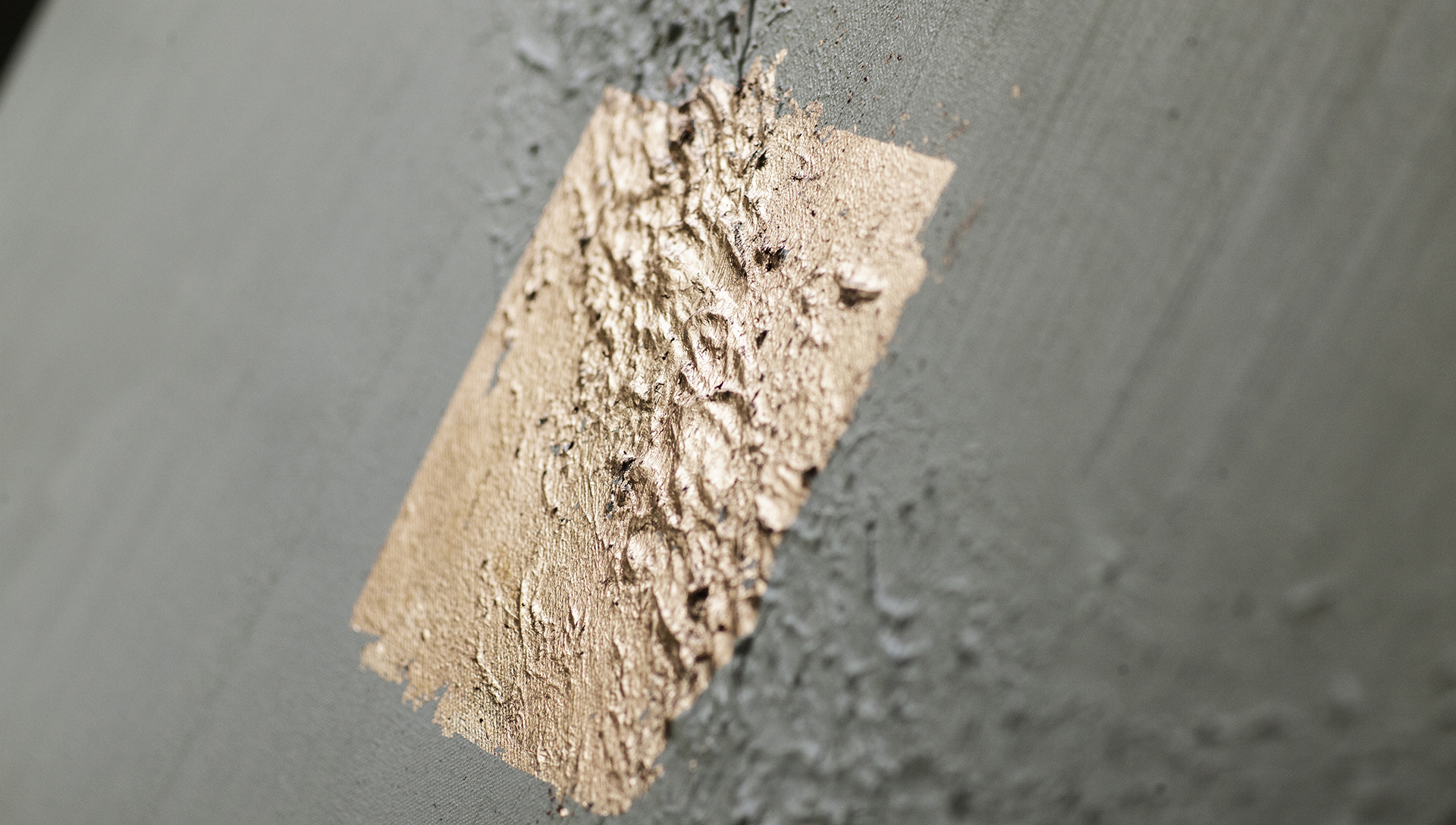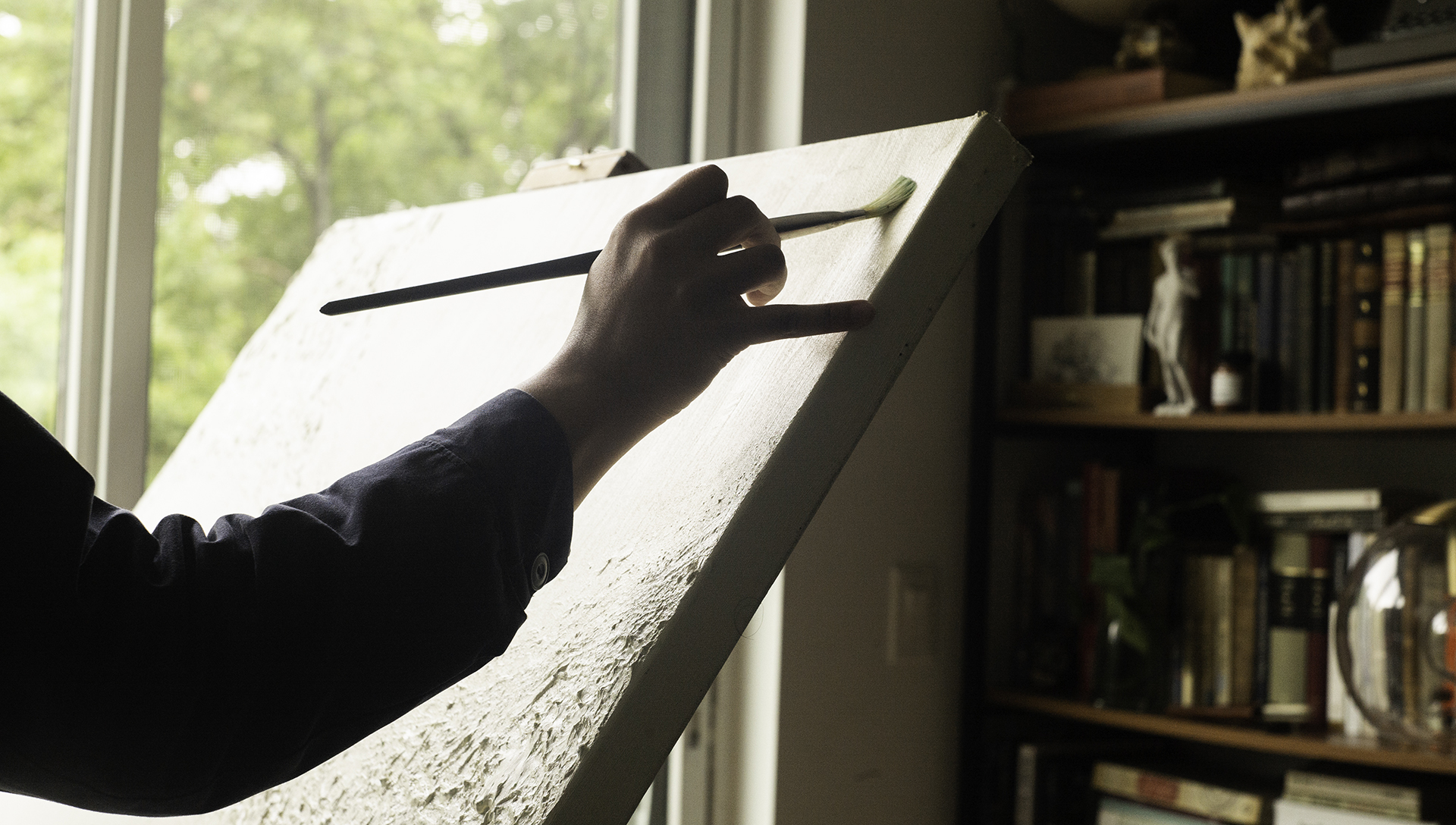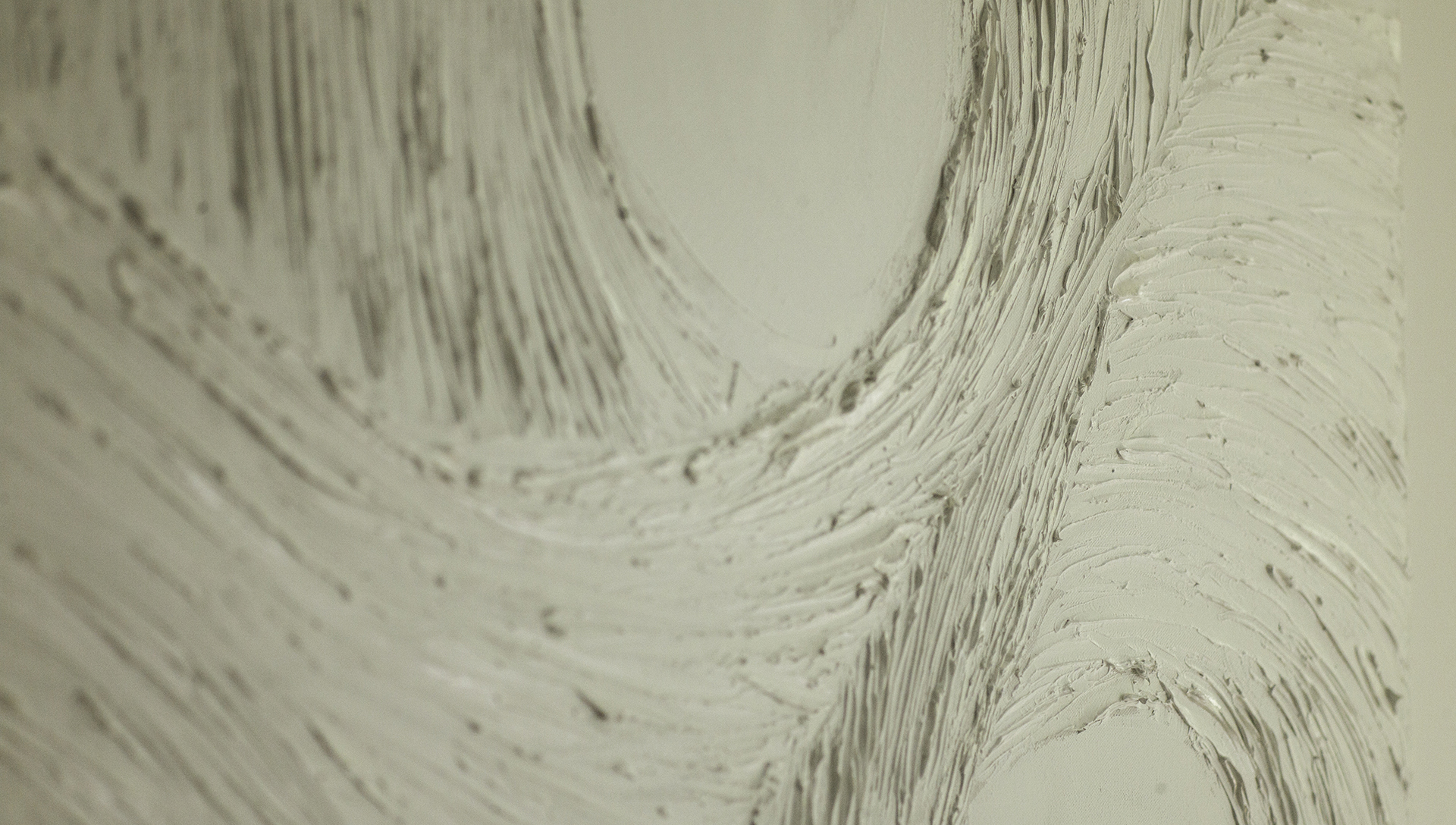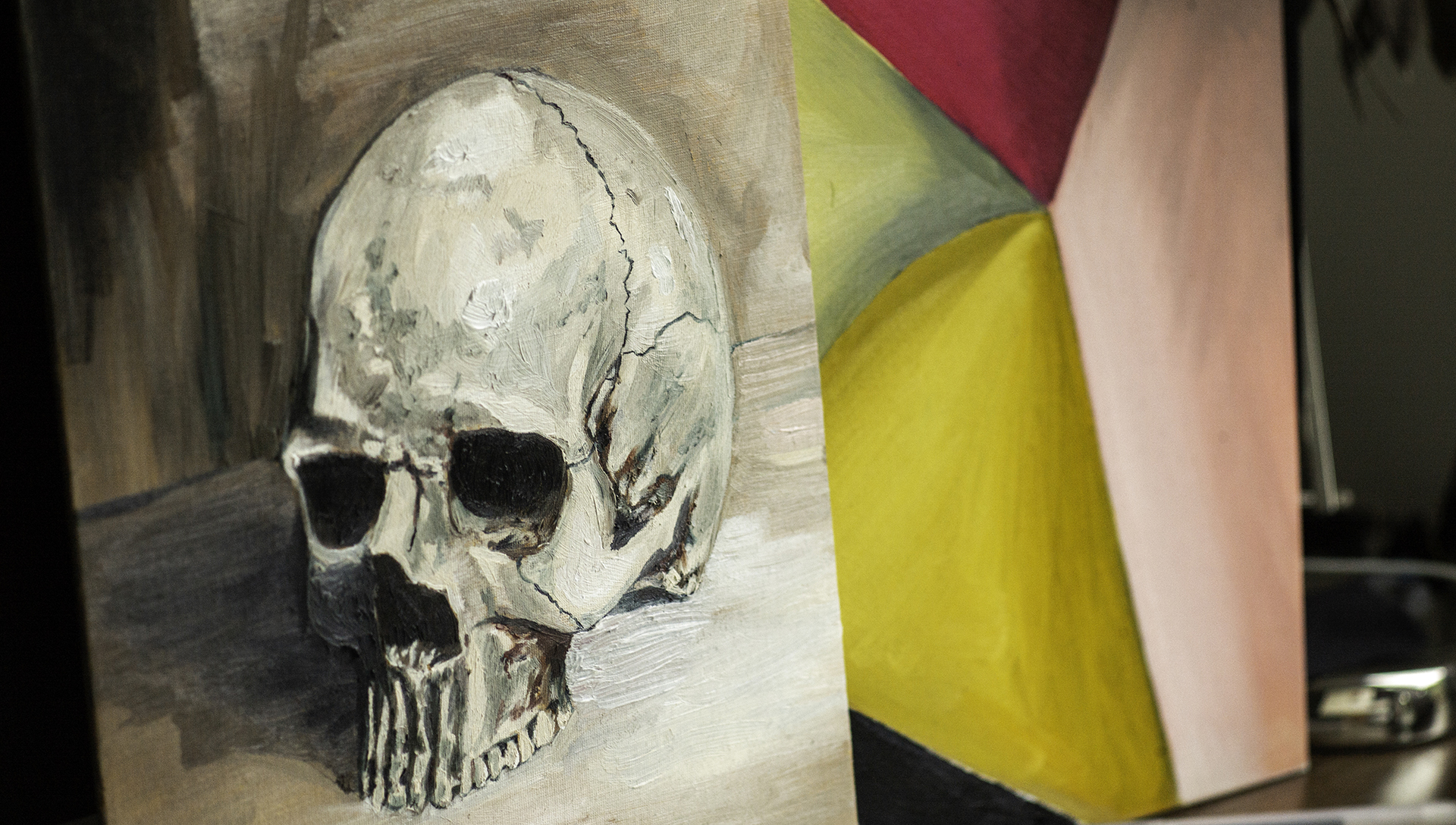Akenberg meets
Joelyn Dalit
As a kid he always found solace in art. Today, Joelyn Dalit has turned his innate curiosity and big imagination into a career in the creative field. This multi-disciplinary artist and designer leads a busy life in New York, constantly working from sun-up to sun-down designing, writing, reading, photographing and working through ideas. He likes to fill each day with opportunities to explore or to learn, mainly because it’s fun, but more importantly as it keeps his mind sharp.
– I believe that there is beauty in things that are designed for a purpose and I attribute that not only to my background as a designer, but my appreciation of nature. I believe that the universe creates things for a purpose and adjusts when things no longer become a necessity. With that, I approach my work in the same way so that is has that natural beauty or at least I hope it does.
Describe your working process!
– I always start with word listing. It’s a method that was taught to me in college where we pull ideas from entering a rabbit hole of meaning and definitions. I start by listing out words that are associated with my topic and explore from there where I eventually find myself in an infinite tunnel of words. The hardest part is of course staying on track. My goal in the end is to try and navigate through all of the different ways to say something while still staying true to the original idea. From there I apply a medium I believe works best to convey the idea, that way whatever I create is grounded in a language that is decipherable.
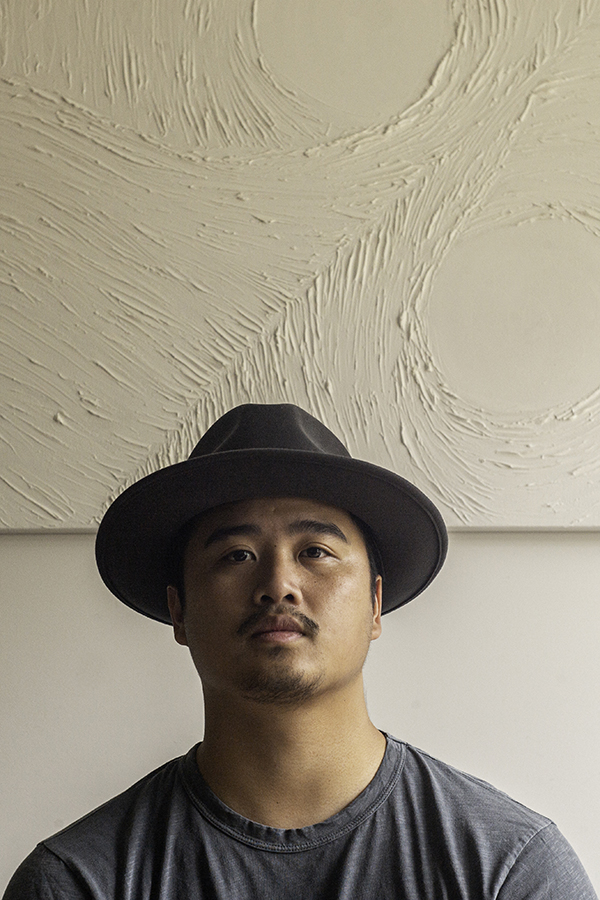
Which part of your process is the most important one and why?
– To me, it is the conceptualization. I don’t want to start work without understanding why I want to make something and what I’ll be making. I believe that with anything, you need to set a game plan or a map to refer to when you get lost in the creation. There are times when the ideation portion of the process takes three times longer than the actual execution.
You work in many different disciplines. How do you determine in what way an idea should be presented?
– I think a lot of great work comes from the intention to convey an idea, begin a dialogue, pose a question or answer one. I believe as an artist navigates through the creative process, their biggest challenge is to determine which medium or direction best communicates the message in the most powerful way. I always like to put myself in the shoes of the viewer and how the dialogue is perceived from their perspective. Having a degree in graphic design, this empathy for the viewer becomes one of our main objectives and is something that helps me to determine what tools to use.
What projects are you involved in right now?
– I’m currently working on a painting series called “Invisibilia” that highlights the metaphysical relationship between the viewer and their surroundings.
Tell us a bit about your upbringing!
– I was born in Manila, Philippines, where I spent my childhood until I immigrated to the United States. While growing up, I was without my family who, after six months of my birth, left for California to forge a life for us. During this time, I stayed with relatives, not really knowing who my parents and brothers were. For a long time, I believed that my grandma was my mother. Once I arrived in California, I quickly had to learn English and find out how to assimilate into western culture. It was difficult in many ways, though I met people with so many backgrounds that helped influence my speaking and understanding of my new home. I also saw the many opportunities people had compared to growing up in the Philippines. My perspective allowed me to take advantage of the many opportunities I would have never had before.
Being an art director, what would you say is the most important changes in society today?
– I think as it’s important to consider that whatever we help create can have a major influence on society and its values. Right now, we’re seeing a shift in what beauty really is and we need to help by understanding the changes, what it means and to nurture it. Misrepresentation, or underrepresentation are all things associated with the past, and I feel creative directors and art directors have an obligation to lead the progress in the commercial world.
What inspires you?
– I’m inspired by nature, existence and current events. I think the constant events in society and in the natural world need to be addressed in some way because it’s things that resonate.


You are very productive, where do you get your energy?
– Lots of coffee! And a bit of curiosity as well. I feel the most energized when I’m chasing an idea or learning something and it spills into another project and from there the cycle starts.
Which Instagram profiles or blogs do you follow?
– I believe any artist is obviously influenced by what they choose to surround themselves with and their environment shows a lot about them. For me I tend to follow a lot of other artists, photographers, art organizations, and news sources. There are so many creators to follow and highlight, but a few that I can think of include, Erin Mack (@ernatmack), Kevin Beasley (@kevinbeasley), Kennedy Yanko (@kennedyyanko), Ruddy Roye (@ruddyroye) and Lynsey Addario (@lynseyaddario).
Exploring the world and meeting new cultures is a great way to be inspired. An unforgettable place you’ve travelled to in the past year?
– Earlier this year I spent quite some time in the deserts of Southern California and that’s always amazing. There’s something magical about being in the desert and you go through periods of introspection and exploration amidst the quiet isolation. Everything is just more intense even in these barren areas. You also get a sense of culture through the people that live there and the civilizations that lived there before.
If you didn’t live in New York, where would you live?
– If not a dense urban environment, then I’d like to live in the least populated area like Alaska. But being able to live and work as an artist in New York, even in small instances, is something I’ve always dreamed of doing.
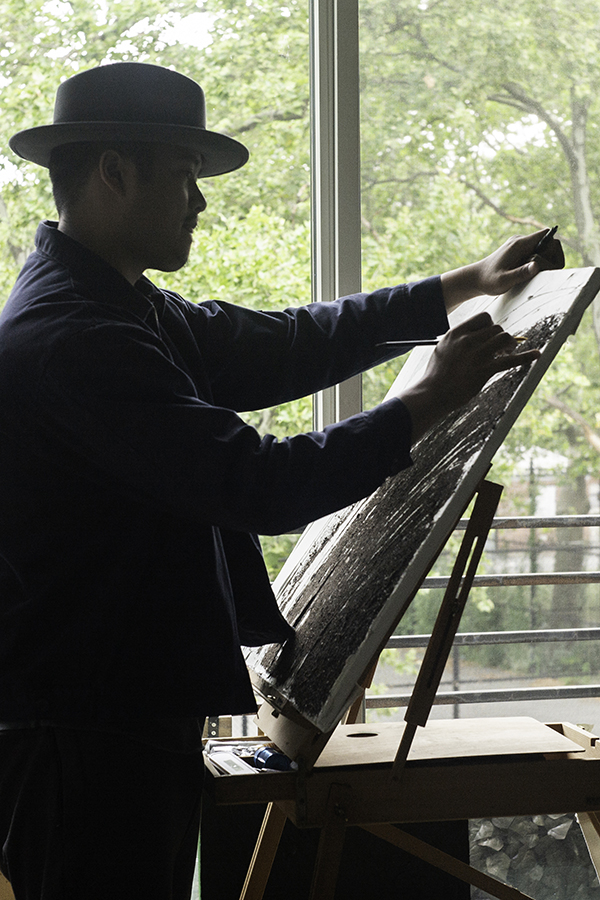
Tell us about your next project!
– I’m currently working on a sculptural series that places the viewer in an intimate setting with nature. My goal is to use art in a way to continue to make us aware of our impact on the environment by breaking the barriers that tend to separate society from it.
Where do you see yourself in five years?
– Courses change so much for me that answering this question is always very difficult. But I hope to be living somewhere outside of New York, working remotely on art and design and just travelling to photograph when I can.
Who are the style icons that inspires you?
– Growing up I’ve always been a fan of James Dean’s style. Not only in real life, but in the movies as well. From his greaser style in the movie “Rebel without a cause” to his southern look in “East of Eden,” I’ve always liked how cool he made simple clothes like a white t-shirt look. I also love the rugged style of Jason Momoa. Whenever I feel like experimenting with new looks, I look to him for some motivation.
How would you describe you own personal style?
– I’m not sure if this is the best description for it, but I’d say American heritage is a style that best describes what I wear. I wear boots pretty much all year long, plain shirt, pants, and Stetson hat. All of which I’m very attentive to the quality and feel. I’d say the most flare I have comes from the accessories I wear that all have sentimental value. Though I love seeing the most extravagant clothes on people especially when art directing a photoshoot, I tend to stay relatively simple.
Favourite fashion designer?
– I love Rei Kawakubo’s work the most. Her approach and vision are very experimental and intentional, and the things that inspire her are always very interesting. Her use of space in fashion is also notable on an experiential level.
The last item of clothing you added to your wardrobe?
– Lately, I added a blue jacket to my wardrobe which is usually made up of dark and earthy colours. I thought adding blue would be a nice contrast.
Your favourite look?
– I love the American heritage look. A lot of that is comprised of looking like a mechanic, a biker, or a rancher!
How do you combine your outfits with accessories?
– My accessories tend to be more sentimental, but I wear them with just about everything since I look for things that are also timeless. I always try and make sure that my clothes and the accessories complement each other rather than compete.
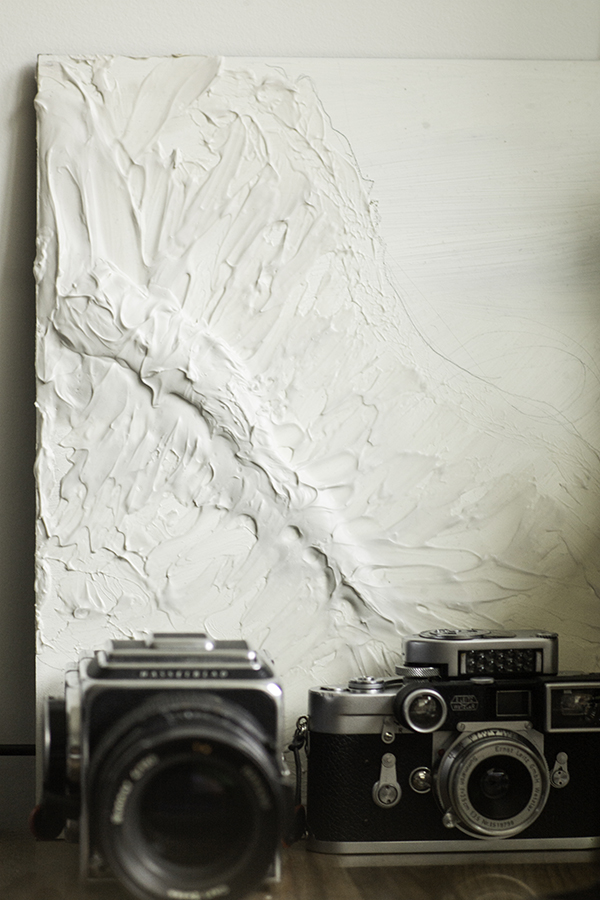

How much do you know about Sweden and the Swedish nature?
– I’ve learned a lot more about Swedish culture in the past three years than I have in my entire life. Though I’m sure there is a lot I’d still love to find out. I have lots of friends in Scandinavia and visit often. Every time I go I feel I learn something new. My first introduction was actually staying out in a cabin in the Swedish archipelago which was absolutely incredible. My wish is to definitely explore the mountains in the north more.
What is your relationship to Swedish Lapland?
– I’ve never been to the Swedish Lapland, but have only heard stories. I’ve felt a sense of excitement when I think of the arctic circle considering that I’m from the tropical regions of the world. If given the chance, I would definitely hop on the opportunity to explore this area more.
What is your view on sustainability?
– Nature is something that has always been a part of my life and has affected me in so many ways. The fight against climate change is perhaps one of the most important battles humans have faced and I believe every individual, governing body, institution and corporation should be doing their part in helping the environment in some way. To not do so would be highly counter-productive.
Spontaneously, what do you know about cellulose/bio acetate?
– I don’t know too much about cellulose/bio acetate, only that it was used as a base in early film photography. I think it’s definitely important to consider the impact that every material has on the planet, either by what it takes from nature or how it pollutes it. With production, I believe it’s imperative to have a strong drive to reach a neutral or positive impact.
Your favourite frame from Akenberg?
– My favourite frame would have to be the Skaulo collection. I think it fits my personality and face really well and it has this classic shape to it that feels vintage.



